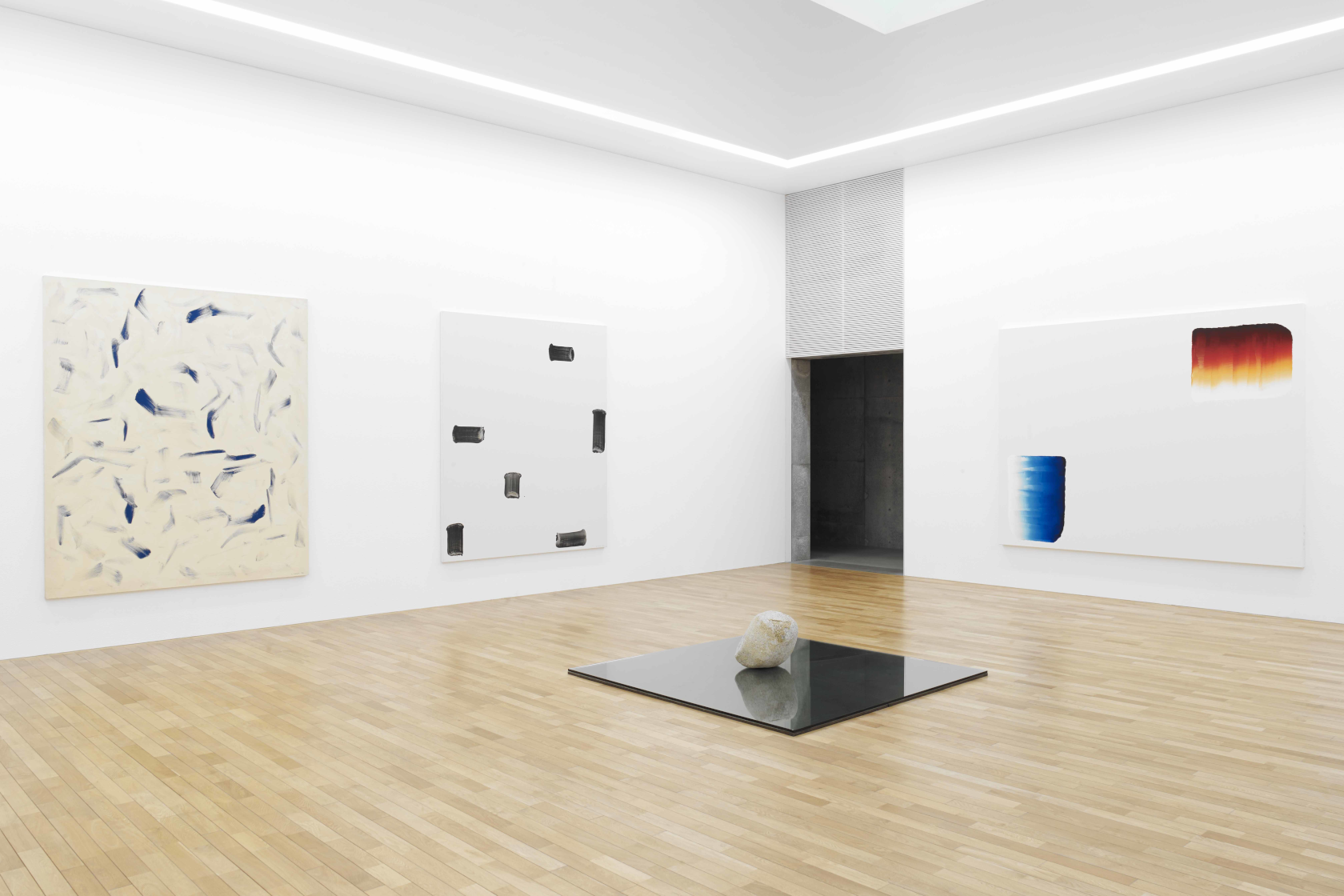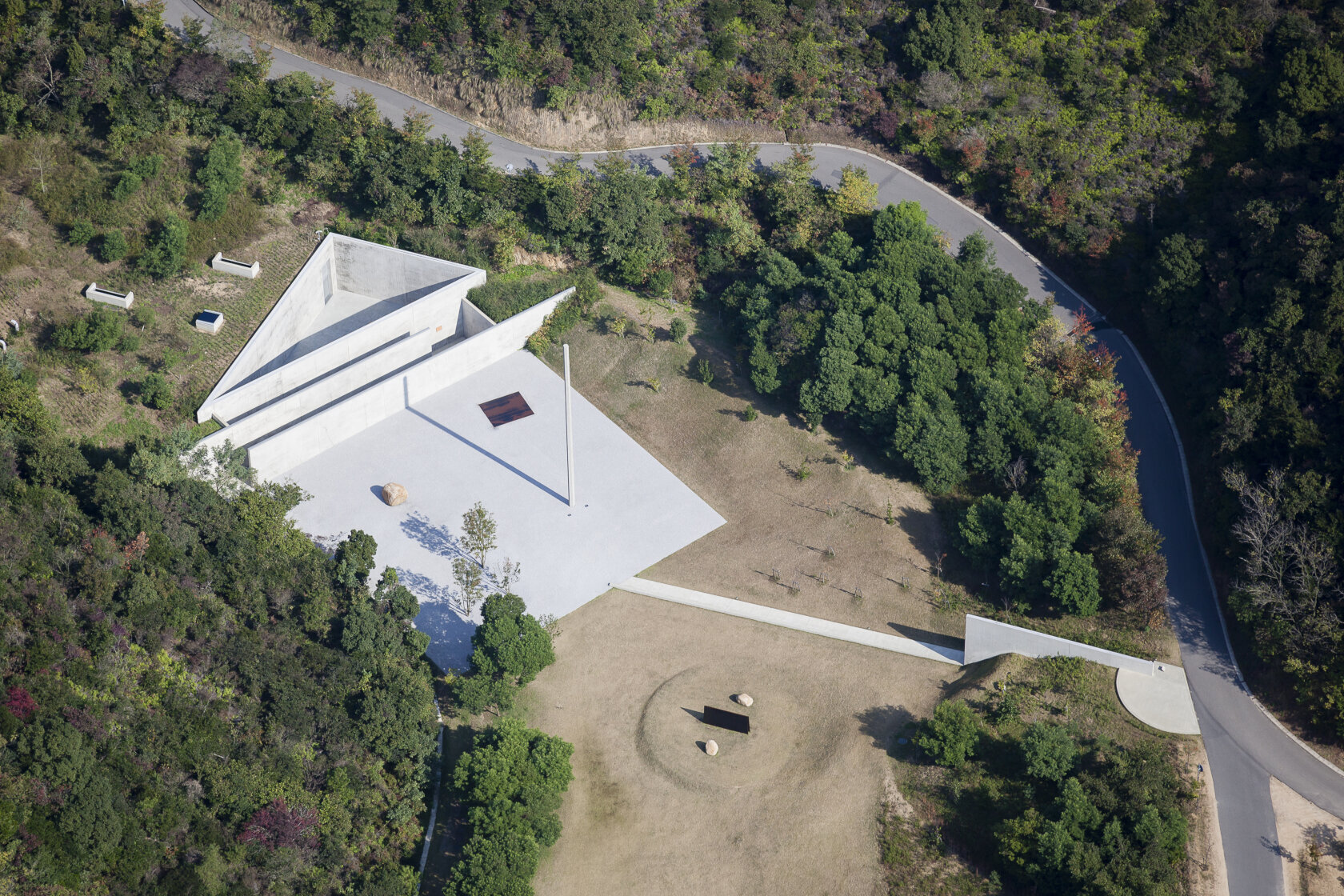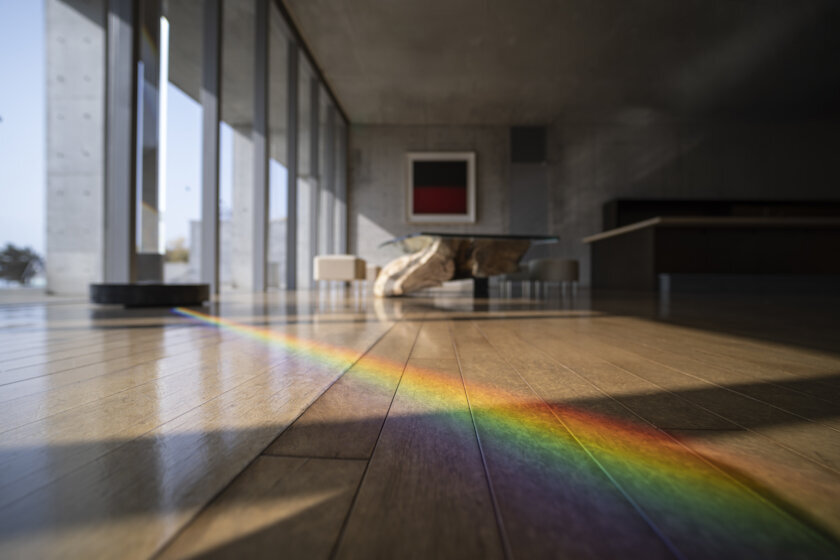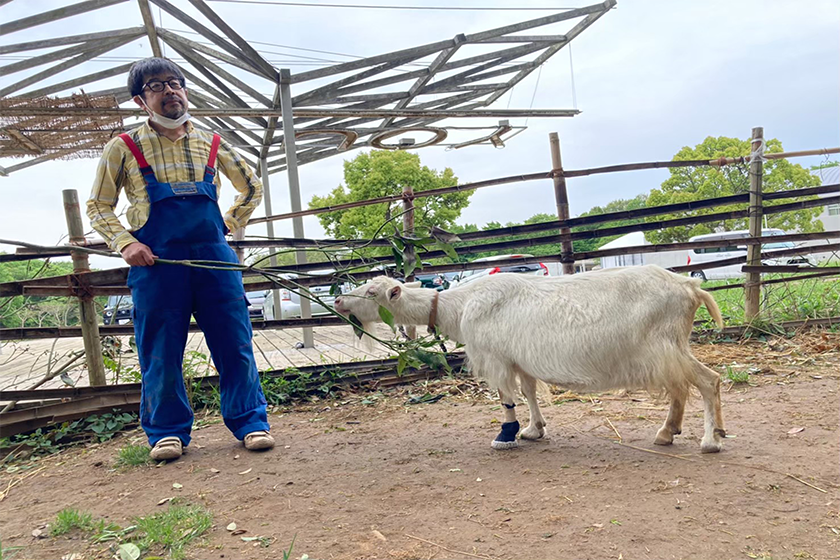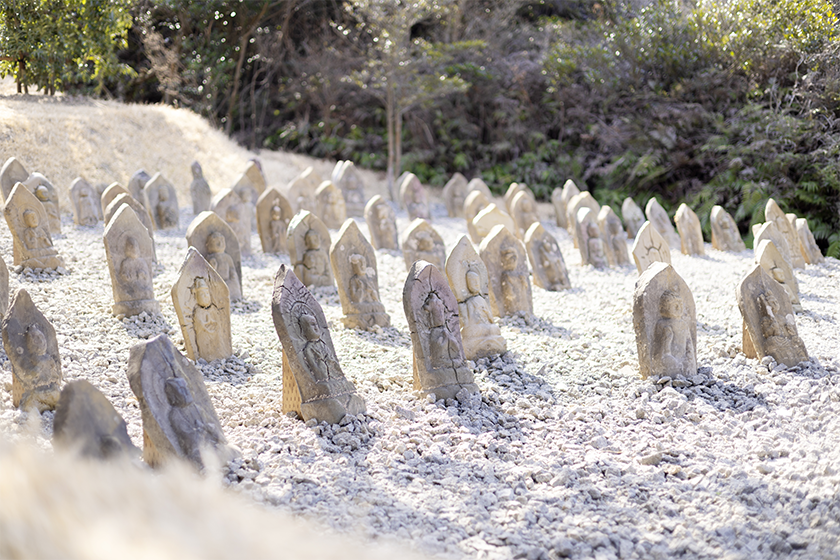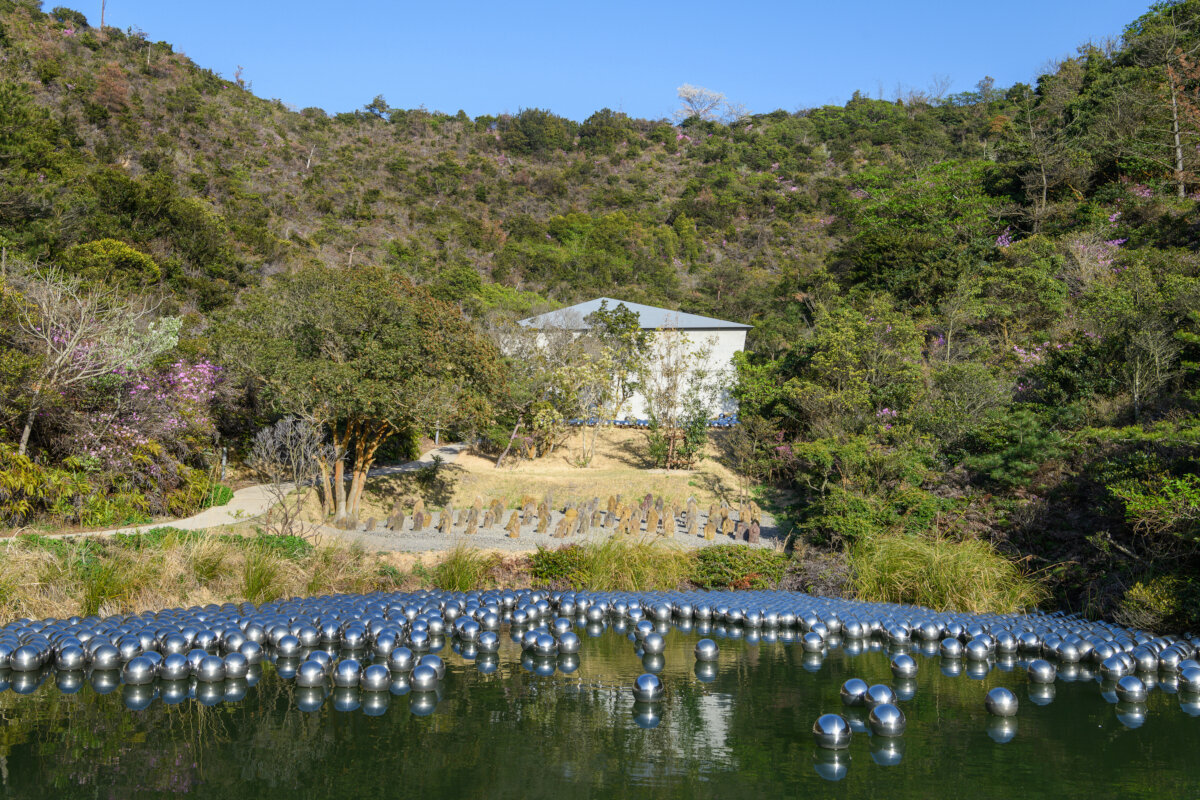Hiroshi Sugimoto: "Art is the last source of inspiration left to humanity" (#1)
Everything is karmically connected
How can I find the right words to discuss Hiroshi Sugimoto's life and artistic output? There are a couple of reasons why this question gives me pause right at the get-go.
Most people probably know Sugimoto as a contemporary artist famous for his large-format black-and-white photographs of exceptional technical proficiency that have even influenced the work of Bono of the rock band U2.*1 In recent decades, however, he is producing more than photographs; he is designing buildings, staging productions of noh and bunraku, and has even published a cookbook. On top of that, in 2017 he created the Odawara Art Foundation's Enoura Observatory, an art complex including a noh stage made of optical glass, which Sugimoto refers to as his legacy. He continues to expand the scope of his work in a most atypical fashion, venturing far beyond the usual boundaries of the contemporary artist, turning his hand to calligraphy to create the title lettering for Reach Beyond the Blue Sky, a historical television drama broadcast by NHK in 2021.
*1. Bono composed a song inspired by Sugimoto's "Seascapes" series.
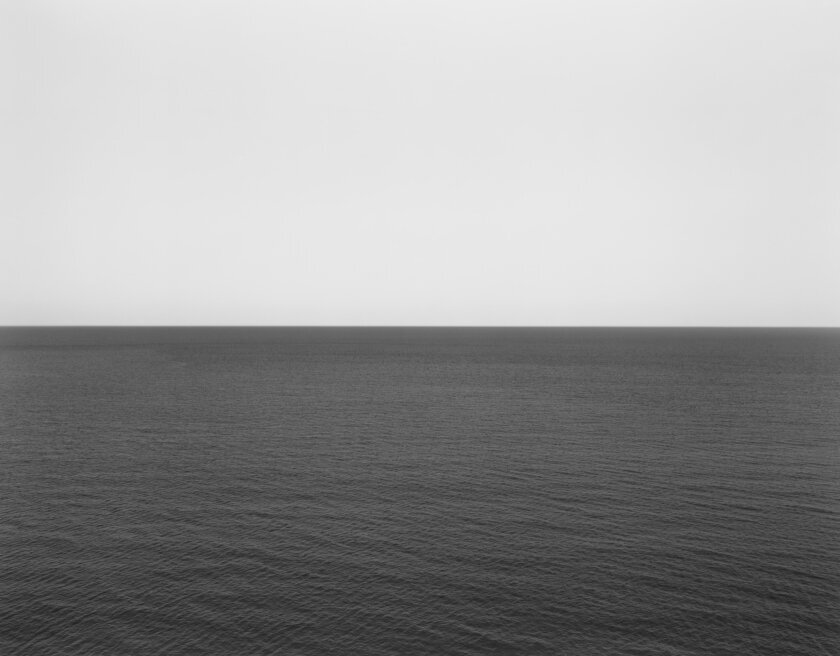
Sugimoto is also a prolific writer. In the "My Personal History" series in the Nikkei newspaper and in his autobiography Kagero Nikki (Shinchosha, 2022), which expands on the Nikkei articles, he has provided his own account of his life and career, leaving me confronting the difficulty of not just how I should approach the theme, but whether I can even add anything to what he has already said himself.
Karma is a word often on Sugimoto's lips. And there is a phrase in Buddhist teachings--Issaiho wa innennsho nari--according to which everything is connected and determined by karma. When reading Sugimoto's autobiography, seemingly as if to prove that very point, we learn not only that he integrated a crystallization of his lived environment and everything he saw and heard into his physicality, his personality and his creative talent; he also expanded his artistic range at every stage of his career by taking every opportunity to have encounters and forge connections with people and events, whether they came about by chance or necessity.
The connection between Sugimoto and Naoshima actually goes back many years, whether that is Sugimoto first branching out into architecture; the Hiroshi Sugimoto Gallery: Time Corridors (which opened at Benesse Art Site Naoshima in 2022); or the story behind the genesis of the Enoura Observatory.
Let me take that idea of encounters and connections one step further and apply it to myself. Having first encountered Sugimoto's work at Sagacho Exhibit Space in Tokyo and here in Naoshima, I subsequently worked on many of his exhibitions, in places including Yokohama, Paris, Tokyo, Kyoto and Naoshima. Each project seems to have been connected to the next, like beads on a string, in the same way that Sugimoto's recent exhibitions provoke their own chain reaction, taking inspiration from a place (both the built space and the wider context) and the encounter with new things suggesting words and stories, which in turn give birth to new forms of representation.
Hiroshi Sugimoto: His origins and his ideological journey
Sugimoto was born in 1948 into a family who ran a beauty salon supplies wholesale store in Taito Ward, Tokyo. His childhood memories, experiences and environment have had a major influence on his art.
A fantasist and a daydreamer, the young Sugimoto was an enthusiastic reader of Kodomo no Kagaku, a children's science magazine crammed with scientific observations and information about astronomy, outer space and electronic engineering. He picked up some craft skills from the carpenters who were frequent visitors to the family house. Meanwhile, from his father, who was a rakugoka (comic storyteller) as well as an industrialist, he learned the importance of a good strong punchline.
Sugimoto was already a model train enthusiast, when, in seventh grade, he tried his hand at photographing railway trains and a family holiday using a Mamiya-6, a high-level, mid-format camera that belonged to his father. One can glimpse the jumping-off point for the later masterpieces and way of working in the way he turned the memories of the seascapes he had seen on family trips to Izu and the world around him into model-like scenes which he then fixed as photographic images, and in the way he made some of the necessary equipment himself. Ultimately, though, as he himself often says, the fact that he made a life for himself as a contemporary artist who gives shape to his imaginings was simply an inevitability.
Sugimoto studied Marxian economics at Rikkyo University at the tail end of the 1960s, just as the student protests were winding down. This was the point, he says, when he was heavily influenced by Western thought, including existentialism and "The Part Played by Labour in the Transition from Ape to Man," Friedrich Engels' unfinished essay on the origins of human consciousness.
It was after his subsequent admission to the ArtCenter College of Design in Los Angeles that he began a serious study of photographic technique, aspiring towards Anselm Adams and his famous black-and-white landscapes. In California, where the spirit of the counterculture--complete with the anti-war movement, hippies and flower children-- lingered even as the Vietnam war turned into a quagmire, Sugimoto developed an interest in Buddhism, the Japanese classics, and Eastern philosophy. It was during his student days, when his mind was at its most receptive, that Sugimoto familiarized himself with the thinking and philosophies of both East and West, in each case from a certain distance and while based in the antithetical cultural sphere; he then set off on a rambling journey from Siberia to Europe during which he saw the gap between ideology and reality with his own eyes.
Becoming a contemporary artist
Sugimoto had his contemporary art epiphany after moving to New York in 1974. It was there that he encountered the works of Donald Judd and Dan Flavin from the then resurgent world of minimal art and it was there that he experienced the work of Marcel Duchamp.
In 1976, he published the "Dioramas" series. At a time when photography was not yet widely accepted as art, he planned to use photography to break into the art world.
This is the true starting point of Sugimoto's artistic career. Starting with Polar Bear and Hyena-Jackal-Vulture, a neat fit with the notion of New York as the pinnacle of ruthlessly competitive capitalism, this series of photographs of the dioramas at the American Museum of Natural History taken with an 8" x 10" camera is based on a fundamental "distrust of reality and whether the world I see really exists or not"*2was shot so as to appear alive. The portfolio was bought for $250 by the Museum of Modern Art New York.
*2. The Nikkei 11th instalment of "Watashi no Rirekisho" (11 July 2020)
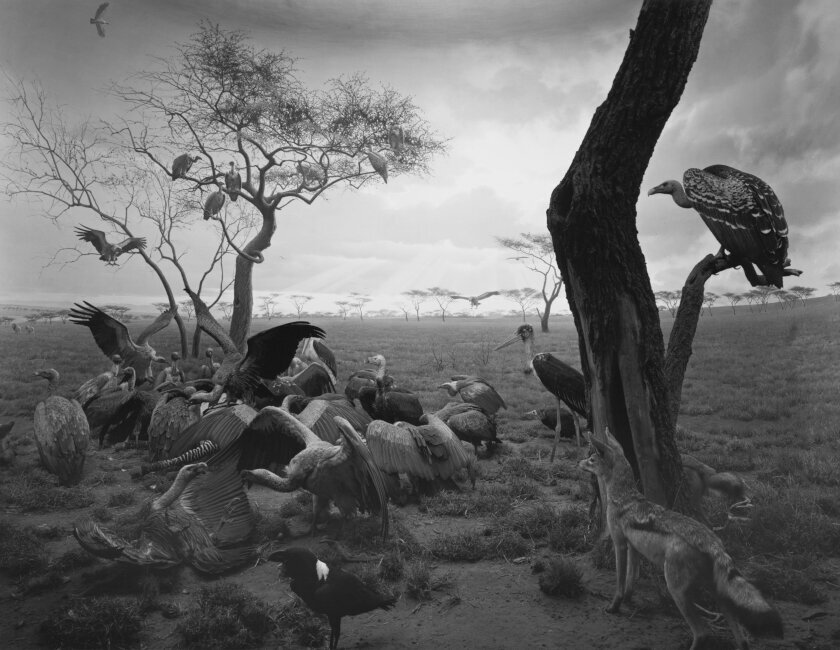
During this period, Sugimoto also felt the urge to photograph water and he shot Kegon Waterfall in Nikko at the same time as he embarked on his "Theater" series, which involved shooting the entirety of a feature film using an ultra-long exposure. His interest in water then shifted to the sea, into which all water flows, and in 1980 he shot the Caribbean Sea. This is his "Seascapes" series, in which he overlays his conception of scenes he imagines primitive man to have witnessed onto his own childhood memories of Sagami Bay. With the trilogy of his most celebrated black-and-white photographic works all published and firmly underpinned by conceptual clarity and superb technique, Sugimoto became internationally famous.
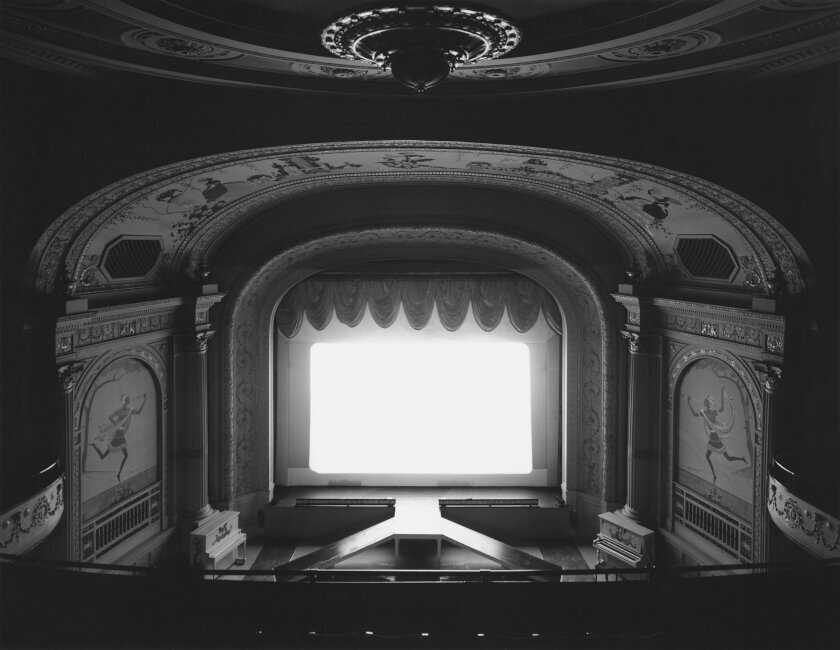
One might imagine that Sugimoto's career was proceeding swimmingly at this point. In fact, though, he was dependent on grants, and life was so hard that his wife, eager to contribute to the family finances, opened a shop specializing in Japanese folk art and antiquities. As child-rearing began to occupy more of her time, Sugimoto eventually took over the role of buyer.
Not only did this have a profound impact on his sensibility, his intellect, his sense of history and the forging of his visual sense but, given that his client list included names like Isamu Noguchi, Donald Judd, Louise Nevelson and Cy Twombly, it is fair to assume that interacting with such people outside the contemporary art arena acted as a major stimulus to his thinking and his creative output.
His first encounter with Naoshima, The Hasselblad Award, and Staging noh
The world underwent significant change at the end of the 1980s. The old Cold War global order disintegrated following the fall of the Berlin Wall, while in Japan the death of Emperor Hirohito ushered in the Heisei era. Sugimoto, meanwhile, got the opportunity to hold two solo shows at Sagacho Exhibit Space in Tokyo. Benesse Art Site was also just starting to get off the ground as Sugimoto reinforced his status in Japan by winning the 30th Mainichi Art Prize thanks to these exhibitions.
Naoshima International Camp, which was overseen by the architect Tadao Ando, opened in 1989. The opening of the Ando-designed combined hotel Benesse House and art gallery Naoshima Contemporary Art Museum (now Benesse House Museum) followed in 1992.
When it started, Naoshima hosted special exhibitions featuring not just contemporary art but spanning a broader swath of culture. In 1994, the museum held Open Air'94 "OUT OF BOUNDS" CONTEMPORARY ART IN THE SEASCAPE, in which the artworks were displayed in the landscape around the museum.
In addition to being Sugimoto's first-ever encounter with Naoshima, this exhibition prefigured Benesse Art Site Naoshima's practice of combining nature, art and architecture. Sugimoto's "Seascapes" were exhibited on Tadao Ando's signature reinforced concrete walls on the terrace of Benesse House Museum so as to interlink seamlessly with the horizon of the Inland Sea behind them.
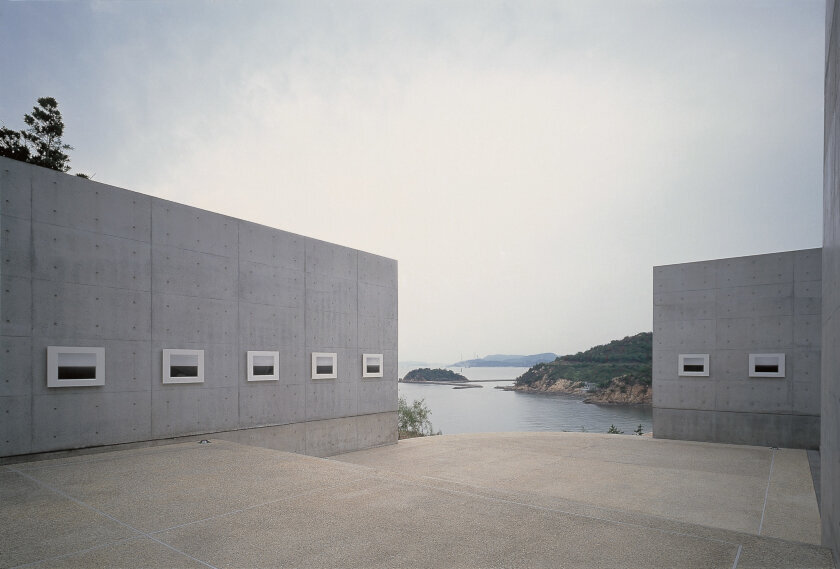
It took time for the Museum to secure permission from Tadao Ando & Associates to display the fourteen photographs shot in different locations around the world and fitted snugly into their waterproof frames; the original agreement was only for the duration of the exhibition. The reaction of the public, however, was so positive that when Sugimoto declared himself keen to see how the passing of time would affect the photographs, evoking ideas of impermanence as they faded through exposure to the elements, permission was granted for them to stay on display.
"Maybe they were just too high quality; when we actually put the works up, they didn't degenerate at all,"*3 Sugimoto said. They later went on to be exhibited on a quay wall right by the sea, an even harsher environment, meaning that Sugimoto's experiment on time's effect on photographs is still ongoing today in Naoshima's natural environment.
*3. From a discussion with So-oku Sen on 9 October 2021 at Benesse Art Site, and other sources
In 1995, as the rise of multiculturalism and globalization brought many places previously regarded as peripheral to the fore, the year got off to an unsettled start in Japan with the Great Hanshin-Awaji Earthquake and the Tokyo Subway Sarin Gas Attacks. It was also in this year that Fukutake Publishing Co., Ltd. changed its name to Benesse Corporation, Coined from Latin, meaning to Well-being. As Benesse pondered its next move, Sugimoto also had to confront a big decision on his future direction at the same time as he was girding himself for the daunting task of shooting the thousand and one Buddha figures of the Sanjusangendo Temple in Kyoto, permission for which had only been forthcoming after years of complex negotiation.
Sugimoto's career as an artist was now stable as a result of the solo exhibitions he had held in galleries and museums around the world, including New York's Metropolitan Museum of Art, incidentally a key customer of his antiquities business. He made up his mind to get out of the antiquities business and devote himself entirely to being a contemporary artist. Any antiquities he has purchased since 1997 have been for himself alone.
Sugimoto then embarked on a succession of new photographic series including "Architecture." In 2001, he was awarded the Hasselblad Foundation International Award in Photography, which is often referred to as "the Nobel Prize of photography."
In September of that year, he witnessed the collapse of the World Trade Center from the window of his New York studio. It was somewhere that he had visited for a fun day out as a newcomer to the city a quarter-century earlier when the building was brand-new.
Sugimoto had a solo exhibition that was scheduled to open in a few weeks' time at the Kunsthaus Bregenz in Austria. As part of the show, he was working for the first time on staging a noh play. It was Yashima, a piece in which the spirit of a dead warrior comes back to life.
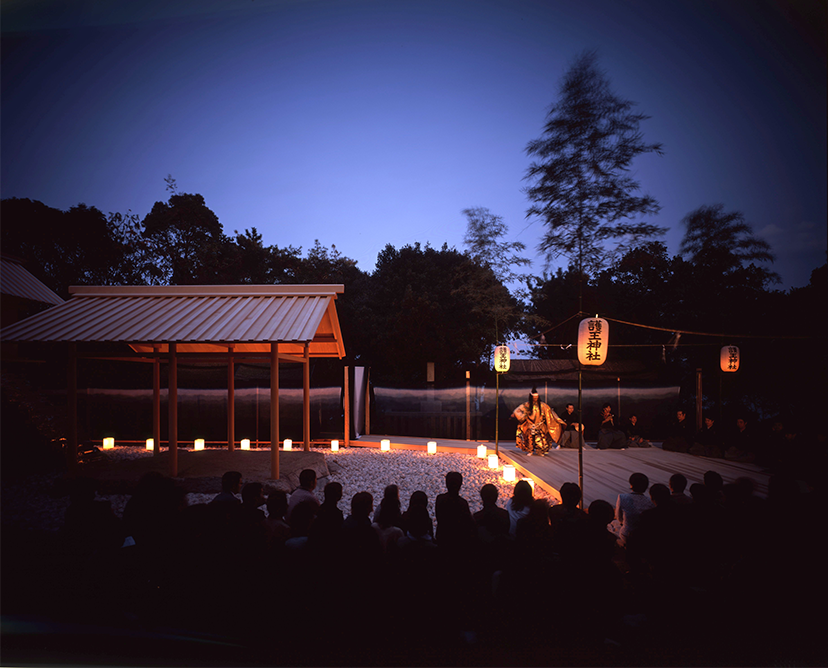
After considerable soul-searching, Sugimoto decided to go ahead with the production. He has been involved with staging bunraku (puppet theater) and other traditional Japanese performing arts ever since.(Go to (#1) "Art is the last source of inspiration left to humanity.")
Akiko MikiBenesse Art Site Naoshima International Artistic Director / Director, Naoshima New Museum of Art (Open in Spring 2025)
Former Chief and Senior curator, Palais de Tokyo (2000-2014), Co-director, Yokohama Triennale 2017 and Artistic Director of its 2011 edition among others. She was also guest curator for many large-scaled exhibitions including the ones of Japanese artists such as Nobuyoshi Araki, Hiroshi Sugimoto, Takashi Murakami at major museums in Asia and Europe as Barbican Art Gallery, Taipei Fine Art Museum, National Museum of Contemporary Art, Seoul, Mori Art Museum, Yokohama Museum of Art, and Kyoto City KYOCERA Museum of Art.

